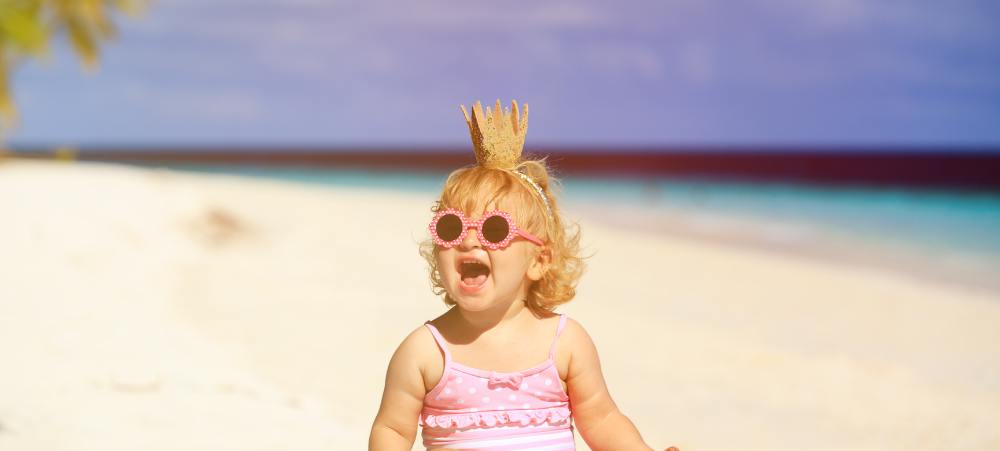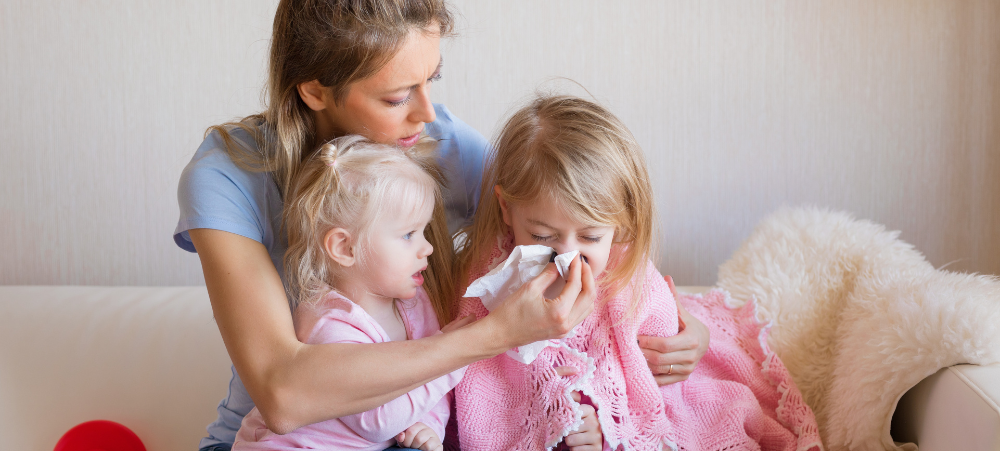Bonitas Medical Fund offers some advice about heatstroke. What the symptoms are, how to avoid it and what to do if someone, child or adult, develops heatstroke.
With temperatures set to soar in it brings the very real possibility of heatstroke. Learn how to recognise the signs and know what to do if it affects you or your loved ones.
What is a heatstroke?
Heatstroke occurs if a person’s body temperature rises to 40˚C or higher and is usually caused by prolonged exposure to or physical exertion in high temperatures. It is one of the most serious forms of heat injury as it can damages the brain and internal organs and can also lead to death.
Symptoms of heatstroke include:
- High body temperature (40˚C or higher)
- Throbbing headache
- Dizziness and light-headedness
- Red, hot and dry skin
- Muscle weakness or cramps
- Nausea and vomiting
- Rapid heartbeat, which may be either strong or weak
- Rapid, shallow breathing
- Behavioural changes such as confusion, disorientation, or staggering
- Seizures
- Unconsciousness
Who is at risk?
Anyone is at risk, but especially learners playing sport in the heat.
Heatstroke can be prevented
- Avoid strenuous physical activity outdoors during the hottest hours of the day (between 10am and 3pm).
- Avoid overexposure to the sun.
- Wear light clothes, a hat and take a cool bath or shower once or twice a day.
- Stay well hydrated – but be careful not to over-hydrate.
What to do if someone has heatstroke
If the person is unconscious, call for an ambulance immediately and cool them down by following the steps below until help arrives or you can get them to a doctor or an emergency room.
The following actions should be taken for a person with signs of heatstroke:
- Get them to lie down in a cool place – such as a room with air conditioning or somewhere in the shade
- Remove any unnecessary clothing to expose as much of their skin as possible
- Cool their skin – use whatever you have available such as a cool, wet sponge or flannel, place cold packs or wet towels on the head, neck, armpits and groin, or wrap them in a cool, wet sheet
- If they have a seizure, move nearby objects out of the way to prevent injury.
For 2025 we have a renewed Female Health Programme:In collaboration with CareWorks, it’s accessible to all female members aged 18 and above, with an emphasis on preventative care and early detection of female-specific health issues. In addition, we have an enhanced Maternity Programme to support expecting mothers. This includes early identification of and weekly engagement for high-risk pregnancies, post-childbirth care and associated mental health follow-up calls for new mums, given the prevalence of pre and postnatal depression. Also, milestone reminders for children under 3 and cover for antenatal vitamins through savings, day-to-day benefits or the Benefit Booster
Bonitas Medical Fund
0860 002 108
View Website: www.bonitas.co.za
- Mental health matters during the festive season: Let’s normalise getting help - December 11, 2025
- Neonatal jaundice, what is it and what happens if my baby is born with it? - December 8, 2025
- Smoking and pregnancy – should I quit - December 4, 2025





